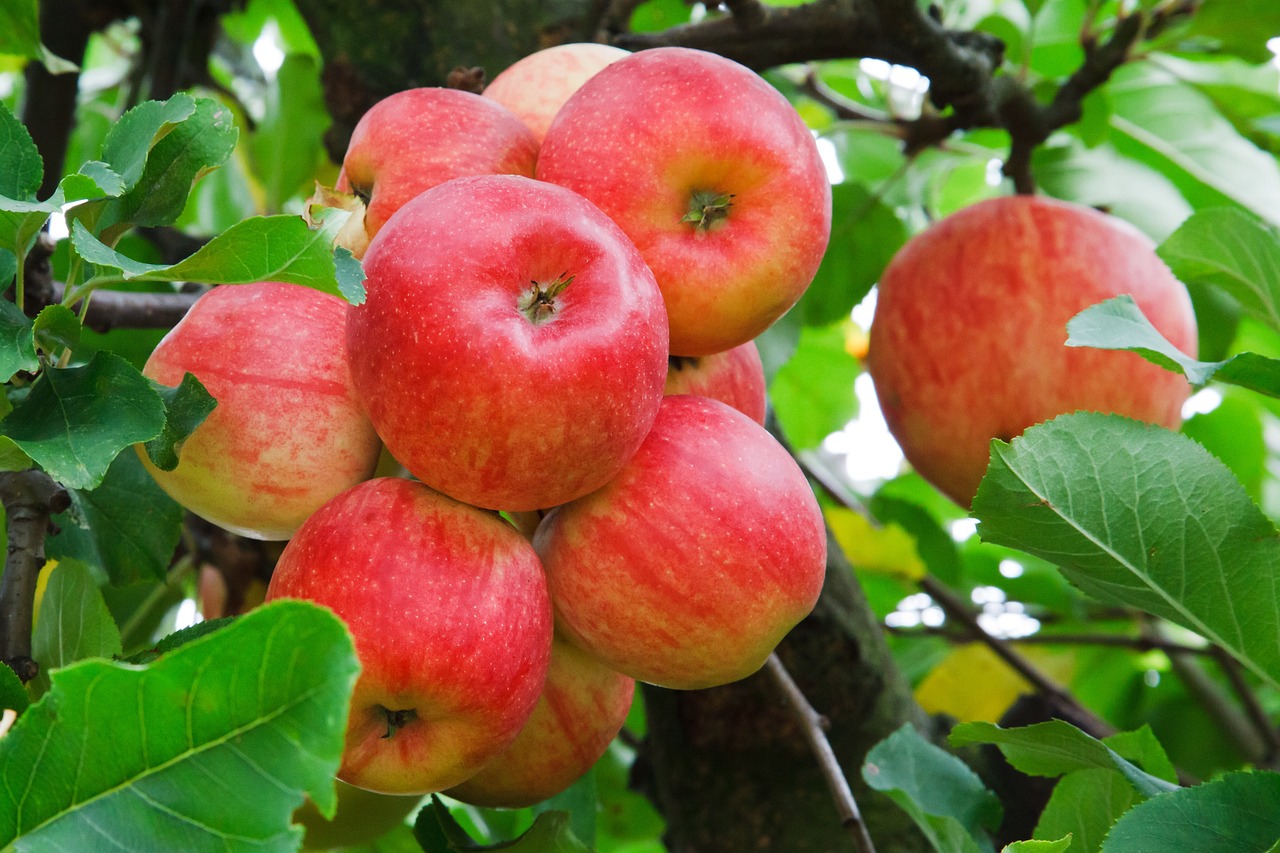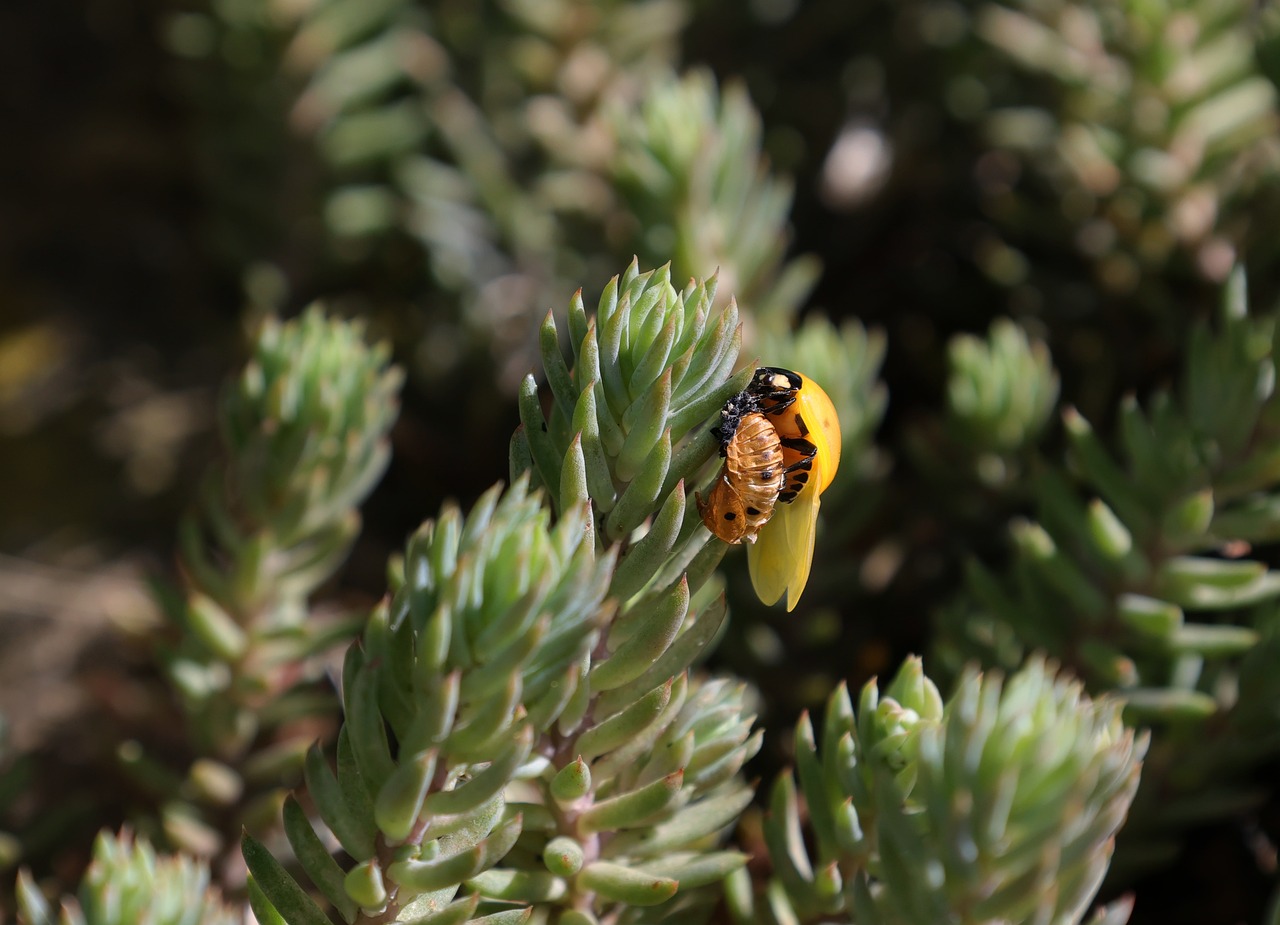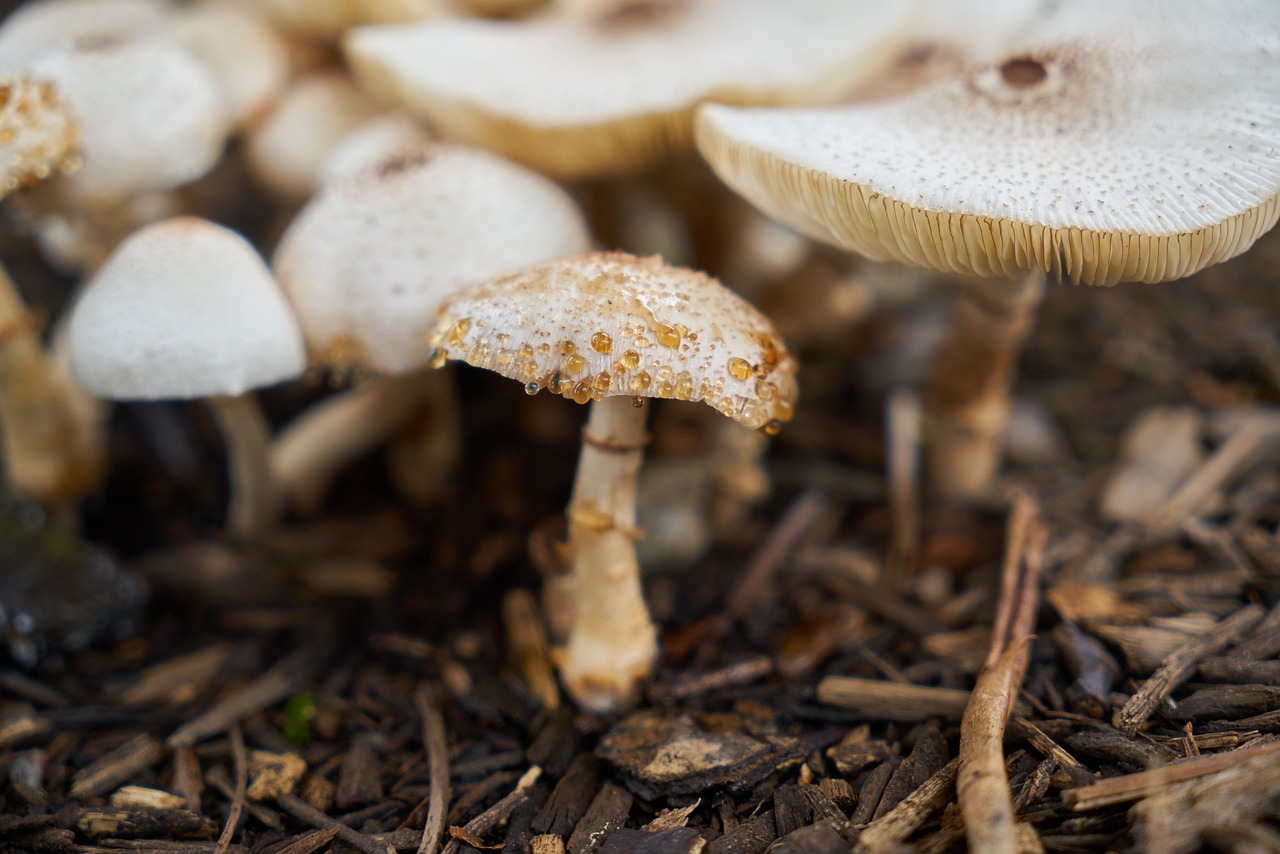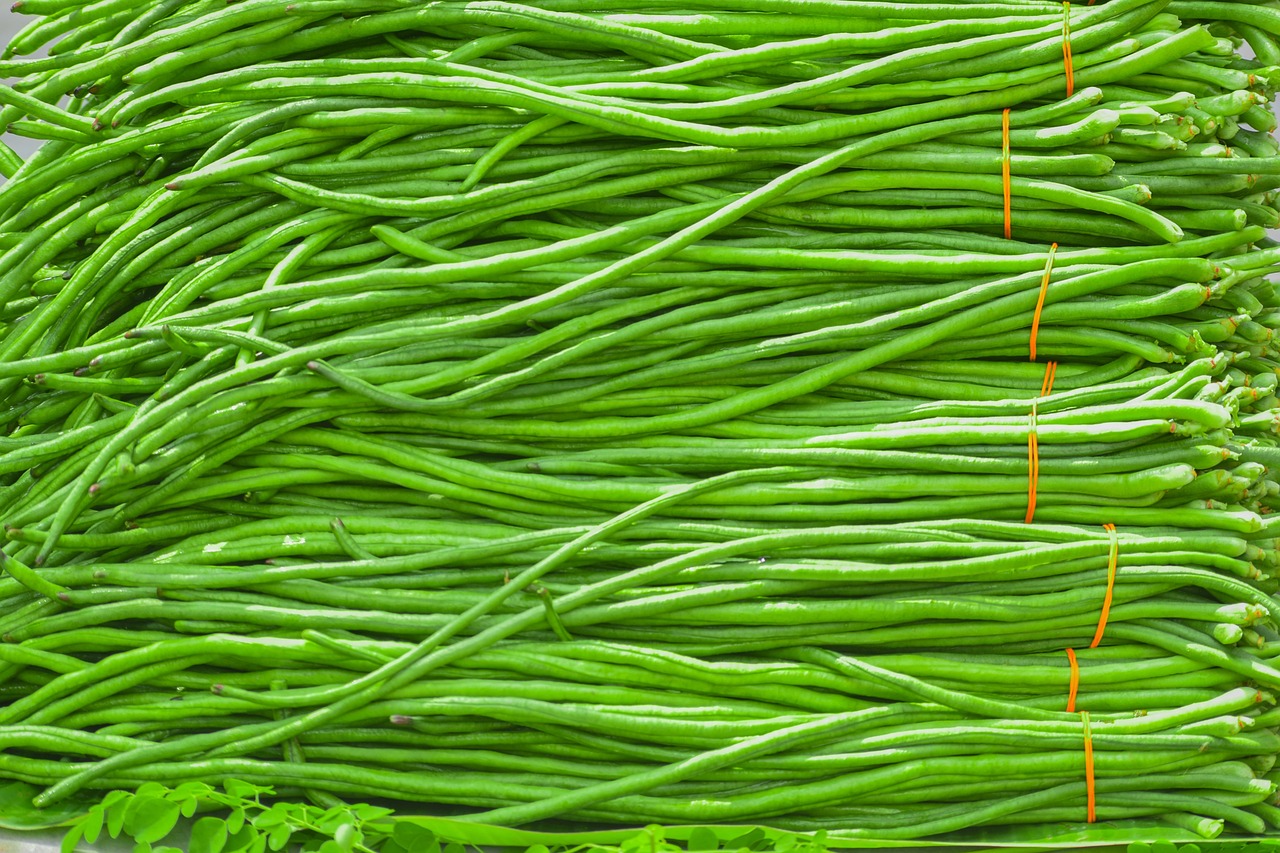Looking to get the most out of your garden this year? There’s no better way to do that than by extending your growing season. With a few simple strategies, you can keep your plants healthy and productive well beyond their typical harvest time.
One of the best ways to extend your growing season is by using season extenders. These can range from simple row covers to more elaborate structures like greenhouses and cold frames. By protecting your plants from the elements, you can keep them growing longer, even as temperatures drop and frost threatens.
Of course, choosing the right crops and planting techniques can also make a big difference. With a little planning and effort, you can enjoy fresh produce from your garden for months longer than you ever thought possible.
Using Season Extenders to Protect Your Plants
You can easily protect your plants from frost and extend your growing season by using season extenders like row covers and cold frames! DIY season extenders can be made with simple materials like PVC pipes, plastic sheeting, and wooden frames.
Row covers are lightweight fabrics that can be draped over plants to protect them from cold temperatures and frost. They can also be used to protect plants from pests and harsh weather conditions.
Cold frames are small structures that can be built to shelter plants from cold temperatures. They are typically made of wood or PVC pipes and covered with clear plastic sheeting to allow sunlight to enter.
Using season extenders not only protects your plants, but it also has many benefits for your garden. For example, it allows you to grow crops that normally wouldn’t survive in your area’s climate, giving you a wider variety of produce to choose from.
Additionally, using season extenders can help with crop rotation, allowing you to grow different plants in the same space throughout the year. This helps to prevent soil depletion and pest infestations by disrupting the life cycles of pests and diseases that may be specific to certain crops.
So, whether you’re a hobby gardener or a seasoned pro, incorporating season extenders into your gardening routine is a great way to extend your growing season and improve the health of your garden.
Choosing the Right Crops for Extended Harvests
When picking out your vegetables, it’s important to consider which ones will provide the longest harvest window. Succession planting is a great way to ensure that your garden is constantly producing food throughout the growing season.
This involves planting crops at different times so that you always have something ready to harvest. For example, you could plant lettuce in early spring, followed by beans in late spring, and then plant another crop of lettuce in late summer. This way, you will have a steady supply of fresh produce throughout the year.
Another important factor to consider when choosing crops for extended harvests is crop rotation. This involves planting different crops in the same spot each year to prevent soil-borne diseases and pests from building up in the soil.
By rotating your crops, you can also ensure that your soil remains healthy and productive. For example, you could plant tomatoes in one spot one year, followed by beans the next year, and then plant lettuce in that spot the year after that.
This way, you can maximize your harvests and keep your garden healthy and productive for years to come.
Utilizing Planting Techniques for Maximum Yield
By utilizing proper planting techniques, you can make the most out of your garden and extend your growing season.
Intercropping is one popular technique that offers many benefits. By planting different crops in the same space, you can increase your yield and protect your plants from pests and diseases. For example, planting corn and beans together is a common practice because the beans fix nitrogen in the soil, which benefits the corn. Additionally, the beans can climb up the cornstalks, which saves space and creates a natural trellis.
Companion planting is another technique that can help you maximize your yield. By planting certain plants together, you can create a mutually beneficial relationship that promotes growth and deters pests. For example, planting marigolds with tomatoes can help repel nematodes, while planting basil with tomatoes can improve their flavor.
It’s important to research which plants are compatible with each other and which ones should be kept apart, as some plants can actually harm each other. By utilizing these planting techniques, you can make the most out of your garden and enjoy fresh, delicious produce throughout the growing season.
Maintaining Proper Soil Health for Extended Growth
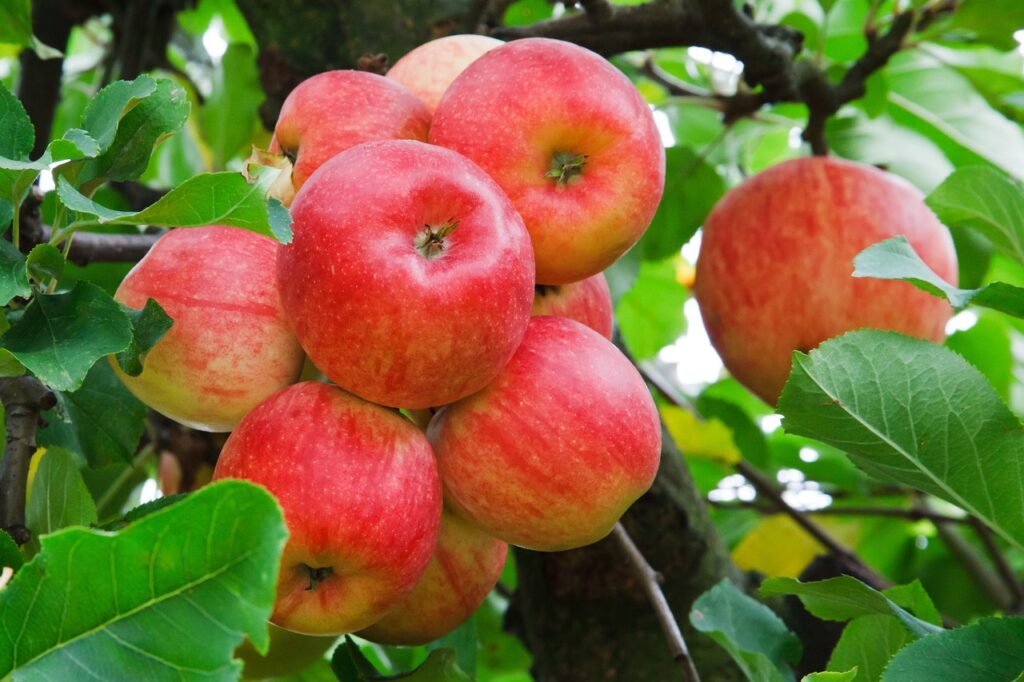
Maintaining healthy soil is crucial for ensuring your plants continue to grow and thrive, providing you with a bountiful harvest all season long. One important aspect of soil health is using proper composting methods. Composting allows you to create nutrient-rich soil that’s perfect for planting.
By composting your kitchen scraps, yard waste, and other organic materials, you can create a soil amendment that’s packed with essential nutrients that your plants need to grow and thrive. In addition to composting, using soil amendments can also help maintain proper soil health.
Soil amendments are materials that’re added to soil to improve its physical properties, such as water retention and aeration. Some common soil amendments include peat moss, perlite, and vermiculite. By using the right soil amendments, you can improve soil quality and ensure your plants have the best possible growing conditions.
With these strategies in place, you can extend the growing season in your garden and enjoy a bountiful harvest all season long.
Implementing Sustainable Practices for Long-Term Success
Let’s talk about how we can ensure long-term success for our plants through sustainable practices. One of the most effective ways to do this is through composting. Composting benefits your garden in numerous ways. It improves soil structure and fertility, increases water retention, and reduces the need for chemical fertilizers.
By composting, you’re also reducing waste by repurposing organic matter that would otherwise end up in a landfill. Start by collecting kitchen scraps, yard waste, and other organic materials in a designated compost bin. Over time, the materials will decompose into a nutrient-rich soil amendment that can be added to your garden beds to support healthy plant growth.
Another important sustainable practice to implement is water conservation tactics. This not only helps the environment but also saves you money on your water bill. Consider using a drip irrigation system or installing rain barrels to collect and store rainwater for your garden.
Mulching can also help conserve water by reducing evaporation and keeping the soil moist. Additionally, choose plants that are native to your area as they’re better adapted to the local climate and require less water.
By implementing these sustainable practices, you can ensure long-term success for your garden while also reducing your environmental impact.
Frequently Asked Questions
How do I know when it’s the best time to start extending my growing season?
To determine the best time to start extending your growing season, consider factors such as your location, climate, and the specific crops you want to grow. Starting early can provide benefits like an earlier harvest and more time to enjoy fresh produce.
Are there any pests or diseases I should be aware of when using season extenders?
Be aware of common pests like aphids and spider mites when using season extenders. Prevention methods include keeping plants healthy and using natural predators. Climate change can also impact season extension by altering pest populations.
How do I choose the best crops for my climate and extended harvests?
To choose crops for extended harvests, consider your climate and choose ones that can adapt. Look for varieties that can handle temperature fluctuations and shorter days. Crop selection is key for successful season extension.
Can I use hydroponic or aquaponic systems for extended growth?
“You can use hydroponic or aquaponic systems for extended growth. Consider indoor hydroponics for year-round growth. Aquaponic systems, which use fish waste to fertilize plants, work well indoors or outside.” ‘Both systems require careful monitoring of water quality and nutrient levels to ensure optimal plant growth.’
What are some cost-effective sustainable practices for long-term garden success?
For long-term garden success, consider composting benefits for healthy soil and vertical gardening to maximize space. These sustainable practices are cost-effective and can increase your yield while reducing waste.
Conclusion
Congratulations on taking steps to extend your garden’s growing season! By utilizing season extenders, choosing the right crops, planting techniques, and maintaining soil health, you can enjoy fresh produce well beyond the typical growing season.
But don’t stop there! Implementing sustainable practices such as composting, using organic fertilizers, and reducing water usage can lead to long-term success in your garden.
Remember, gardening is a continuous learning process, and there’s always room for improvement. Don’t be afraid to experiment with different techniques and crops to find what works best for your specific garden.
With dedication and a little bit of patience, you can reap the benefits of an extended growing season and enjoy fresh, homegrown produce for months to come.
Happy gardening!






